The history of color in ancient India can be traced back to the first cave paintings in Mirzapur dating back to around 10,000 BC, but the first real form of complex painting is found in the Ajanta Caves, a complex of Buddhist monasteries active between the 2nd century BC and the 7th century AD where all the walls are decorated with sacred-profane representations and where the figure of Buddha is central. On the walls of these caves discovered only at the beginning of the 19th century, it is possible to have a cross-section of the history of color and painting in ancient India.
In addition to the countless works of art left as evidence of ancient art, we have a lot of documentation about the history of the Indian people because these people, just like the Romans did in the West, used to collect many documents and testimonies of how their most prestigious works were created.
The Art of Color in Ancient India
The history of ancient Indian art is a phenomenon that includes a vast geographical area and a very vast time span that begins from prehistory, therefore within this generalization there are many small differences and particularities of which no trace has reached us or much more often we indicate as Indian culture that of small subcultures of the same area. But in general it is possible to say that all the art of ancient India, unlike the Western one that was strongly characterized by a single religion, is influenced instead by the coexistence of the main existential philosophies such as Jain, Islamic, Hindu and Buddhist and this has provided it with a very strong identity that has characterized it over the centuries.

Ajanta Caves – 5th Century AD
It could be said that the concept of color for the ancient Indians was a cross between that of ancient Greece, very philosophical and perceptive, and that of ancient Rome, more pragmatic and technical and in fact it is possible to find great differences as well as great analogies with Western currents of thought.
In some respects the division of colors made by the ancient Indians is more precise and current than that made by the ancient Romans. As a demonstration of the great sensitivity to color of this ancient people, they distinguished colors between Primary and Secondary, and between natural ones and artificial ones, that is, between those pigments that were used directly as they are found in nature compared to the artificial ones that require some transformations to become pigments or color paints.
The Binders of Ancient India

Painting Badal Mahal Palace – 15th Century
Unlike most Western decorative art which developed on the fresco technique thanks also to an early discovery of lime, in the ancient Indian world the dominant technique was instead that of tempera and this led this ancient people more than others, to concentrate on the importance of binders to be used together with natural pigments, an operation which instead is not necessary in the fresco technique.
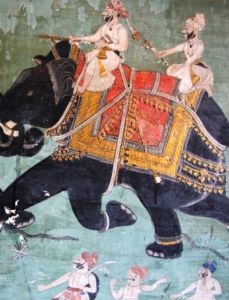
Rangshala Palace Wall Paintings – 16th Century
A fundamental characteristic that a binder must have when ground with a natural pigment is the ability to replace the air in the individual channels of the pigment in order to make it “wet” and for this reason the grinding operation also helped reduce the diameter of the channels and facilitated the action of the binder. For this reason the ancient Indians more than other peoples dedicated many hours to the grinding of their pigments, a practice that was instead rather superfluous when these same colors were used instead in the fresco.
The most common binders for formulating tempera were of animal or vegetable origin is a country with an extraordinarily rich nature like India abounded and abounds in this kind of resources and the ancient Indian artists only had to know how to choose the most suitable substance as a binder choosing from the infinite possibilities that nature offered. Animal binders, that is, glues obtained from horns, hooves and hides of cows or goats were among the most used even if they were very sensitive to humidity and therefore other types of gums extracted from some specific plants of the territory were often added to the animal glue.
But it is above all from the world of vegetable binders that the Indian people brought great innovations and had great knowledge, discovering and classifying many plants with ideal characteristics to be used as binders for pigments. From the plant world this ancient people not only prepared many binders with excellent qualities, but also extracted substances used as real protective varnishes that were applied to the decorations to increase the resistance of the colors.
The Coloured Pigments of Ancient India
The main pigments used in the ancient Indian world are not very different from those used in parallel eras by the ancient Greeks and Romans. This was certainly due to an inevitable cultural exchange between large empires that coexisted and as the Roman Empire had such a vast territory that it could afford the best pigments from places thousands of kilometers away from each other, so too the Indian empire used to import high quality pigments from the closest eastern world such as China and North Africa, a source of top quality ochre earths. Let’s see what were the main pigments used by the ancient Indians to obtain the main colors:
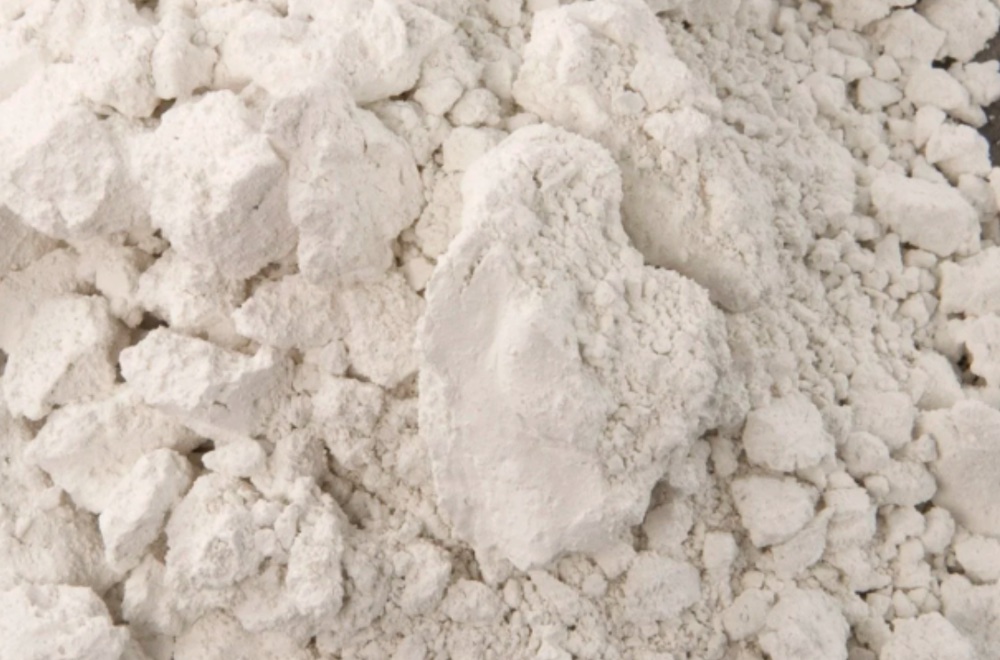
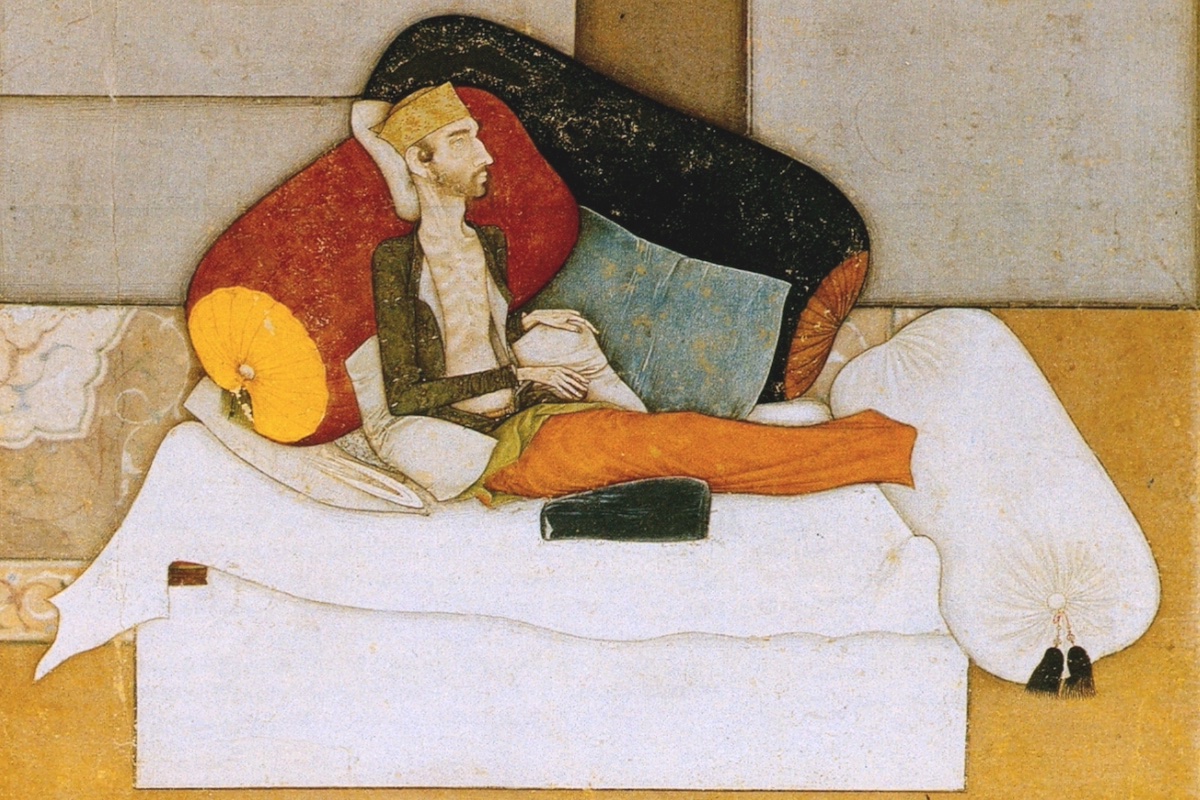
THE WHITE
MAIN SOURCES: Clay, Marble, Gypsum, Shells, Shells
In the color culture of ancient India, white has a primary importance not only as a color in itself but as a background color and the methods to obtain them were the classic ones known since ancient times both in the Western and Eastern world. From white clay to limestone rocks up to shells and shells, white was always made with natural methods and in all Indian painting there is no trace of that lead white obtained with cerussite which instead was widely used in the decoration of almost all ancient peoples.
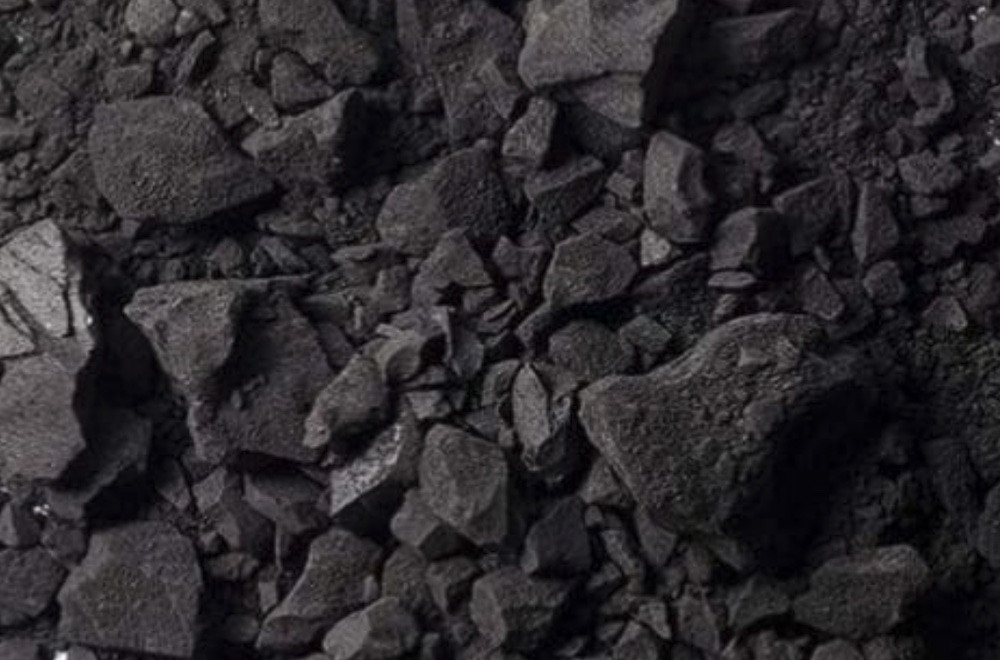
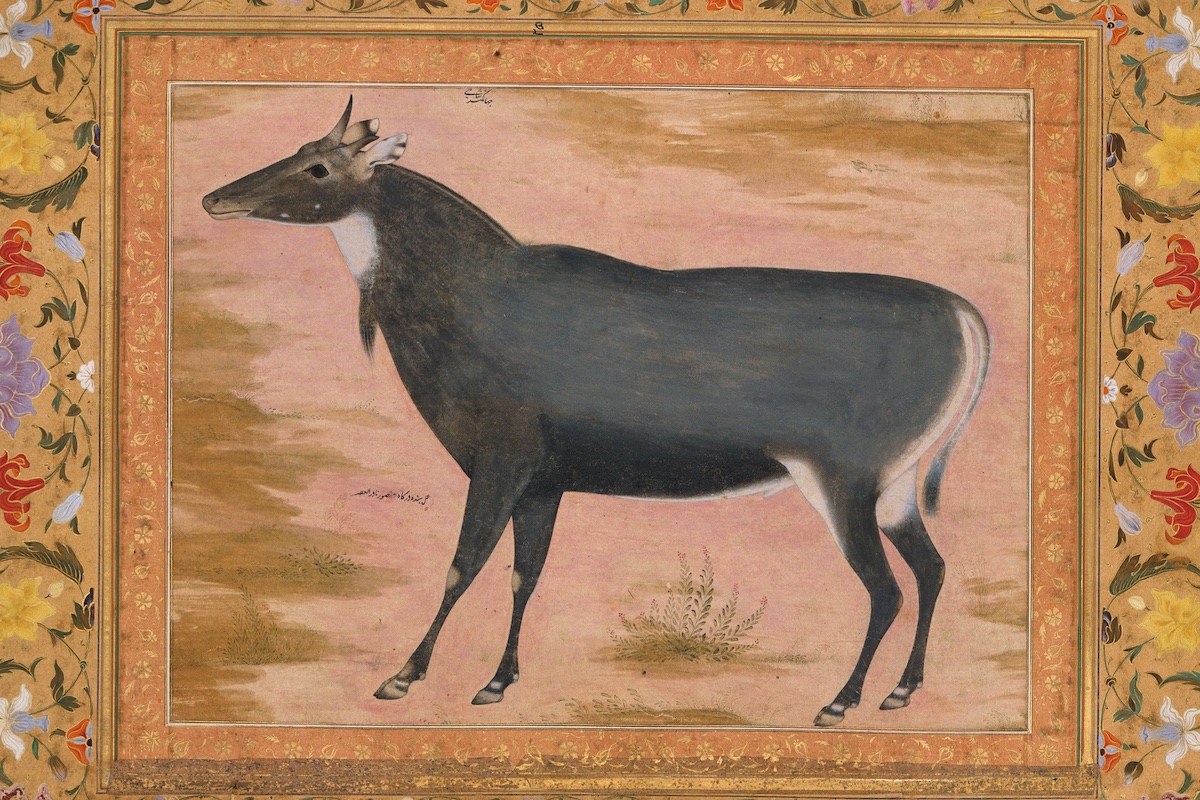
THE BLACK
MAIN SOURCES: Coal, Pyrolusite, Iron, Graphite
For the creation of black, the pigments used by the ancient Indians were mainly two. Slate, which included all the dark minerals such as graphite or black iron that were extracted and ground with the classic method already known for thousands of years and which remained the same throughout the course of the Indian empire. The second and also the most widespread was carbon black, the oldest of all black pigments that is obtained from the combustion of conifer wood or from carbonized plant and animal waste.
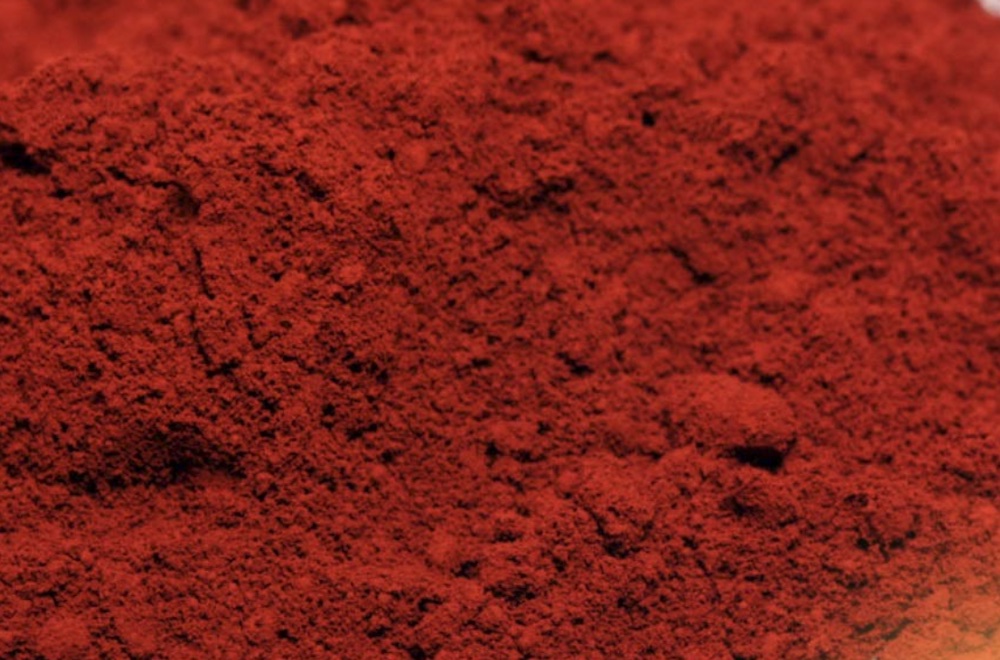
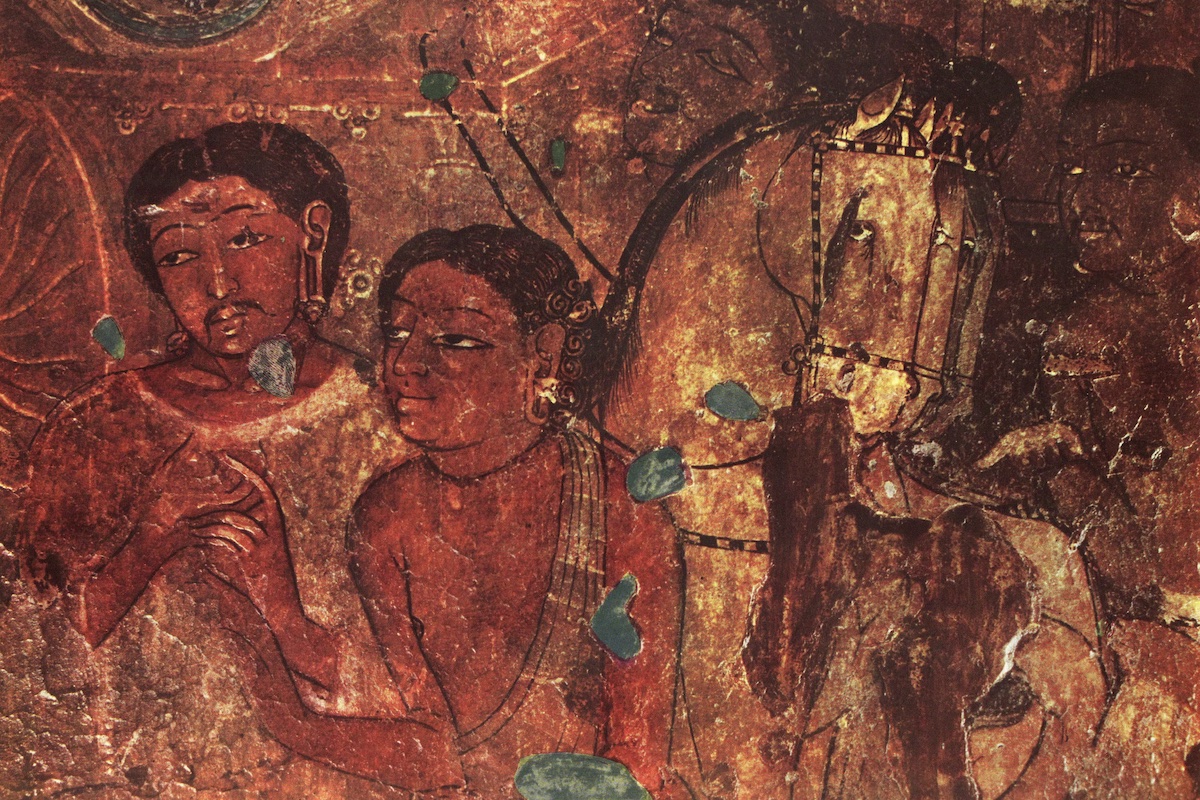
THE RED
MAIN SOURCES: Red Ochre, Cinnabar, Minium
As in all the greatest ancient civilizations, the Indian one also used red ochre earth as the main pigment to obtain red. Southern India has large quantities of very high quality ochre earth and this people have known it since its dawn and often used it after being repeatedly washed in fresh water and ground for a whole day. In the search for a more vivid red that cannot be achieved with ochre earth, Cinnabar and Minium, two minerals that when ground give a red pigment with a very vivid tone, soon became the first choice of Indian artists who were looking for greater brilliance in the color.
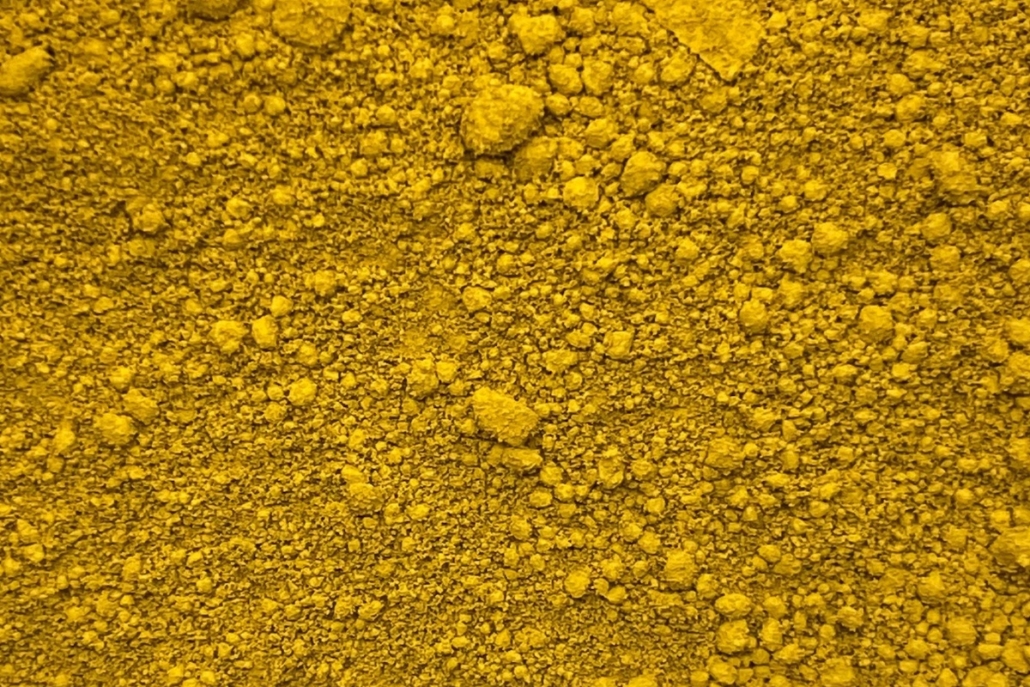
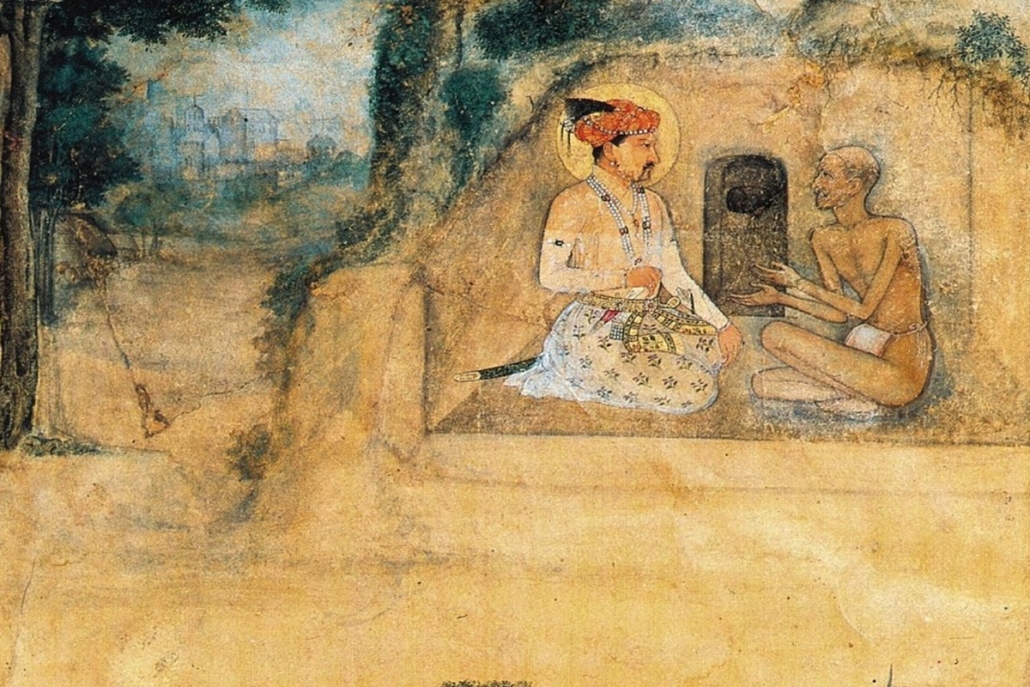
THE YELLOW
MAIN SOURCES: Yellow Ochre, Orpiment, Saffron, Turmeric
Just as with red, to create yellow the ancient Indian people were fortunate to have on their territory a yellow ochre earth of the highest quality that was widely used to create yellow. Even turmeric and saffron, symbols of this land and culture, albeit in a limited way, have served as yellow colorants for dyes or plasters. Orpiment is also present as a yellow pigment but its use has proven to be rather limited especially compared to the large consumption that was made of it in ancient Western art.
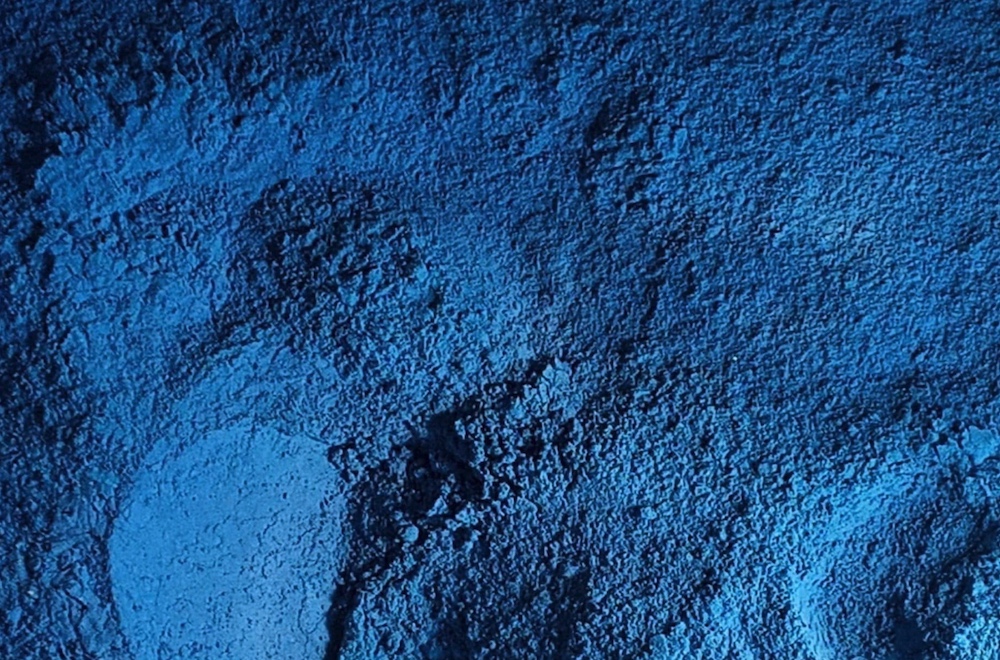
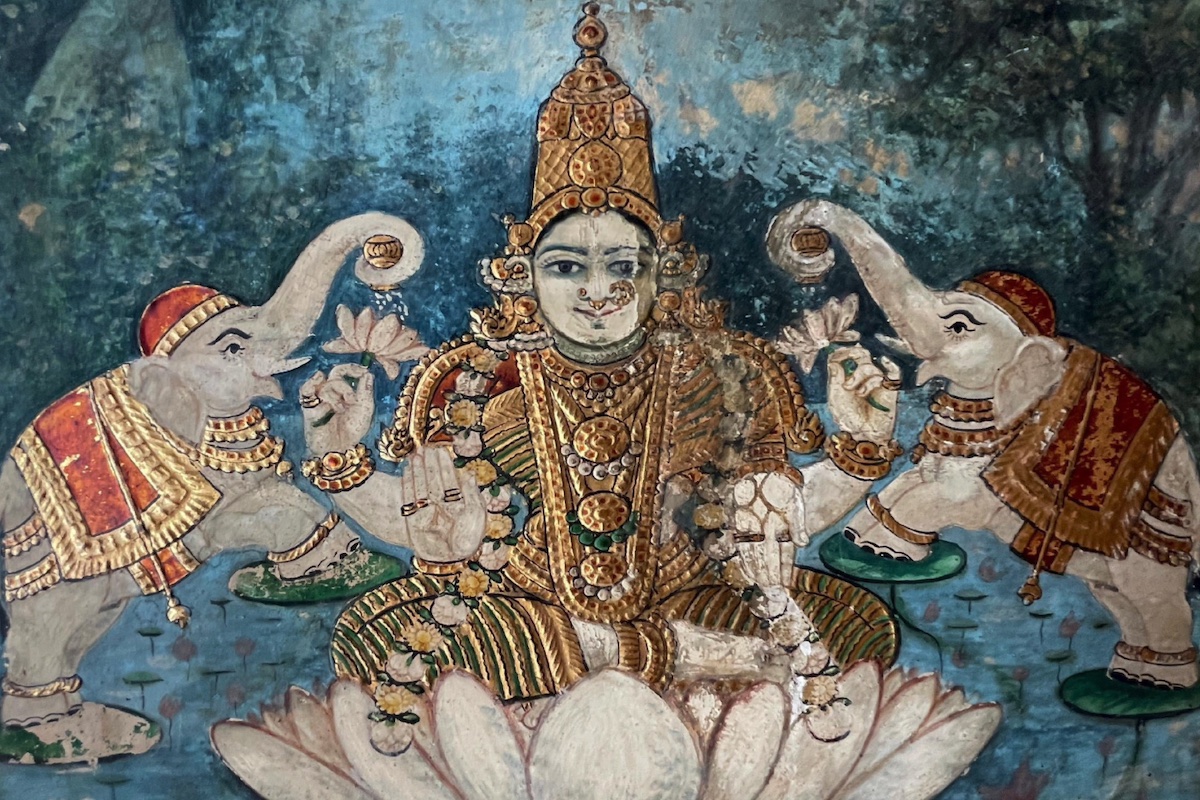
THE BLUE
MAIN SOURCES: Lapis Lazuli, Indigo
The history of pigments to obtain blue in ancient India does not bring any great novelty in the creation of this color, as instead happened for example with the Egyptians and the Mayans. Indigo, which the ancients also called “blue lotus flower color”, was certainly the most loved and widespread pigment for the creation of blue. Lapis lazuli, the famous mineral with a bright blue color that we have seen used in all ancient civilizations, is also present in Indian art and this pigment was often the same one used by the ancient Egyptians and Romans, that is, the one from Afghanistan. On the other hand, azurite, another mineral also present in the history of color of all ancient peoples, is completely absent in the art of ancient India.
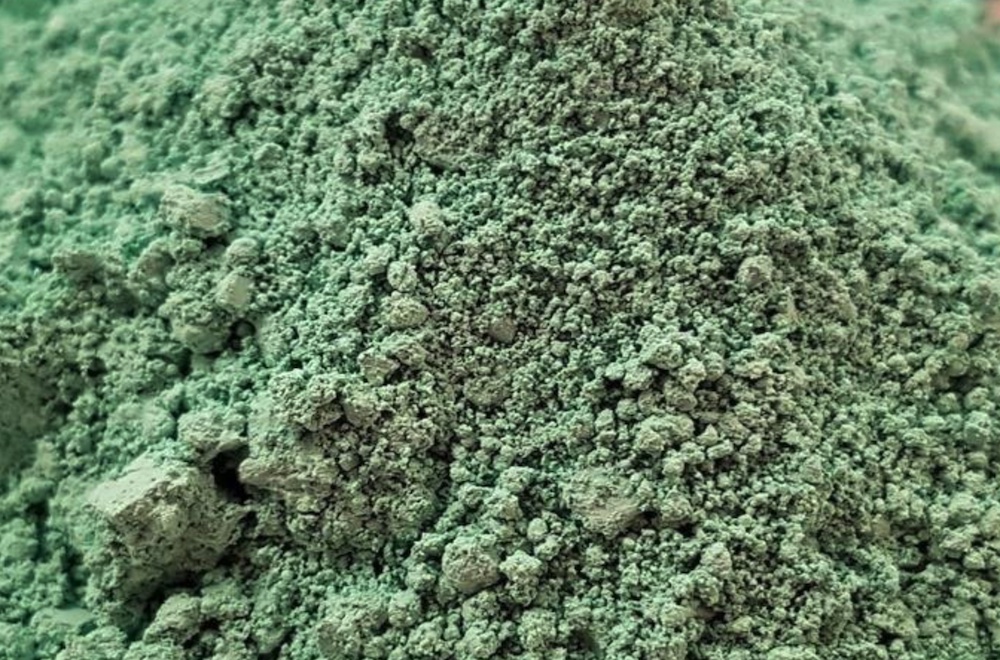
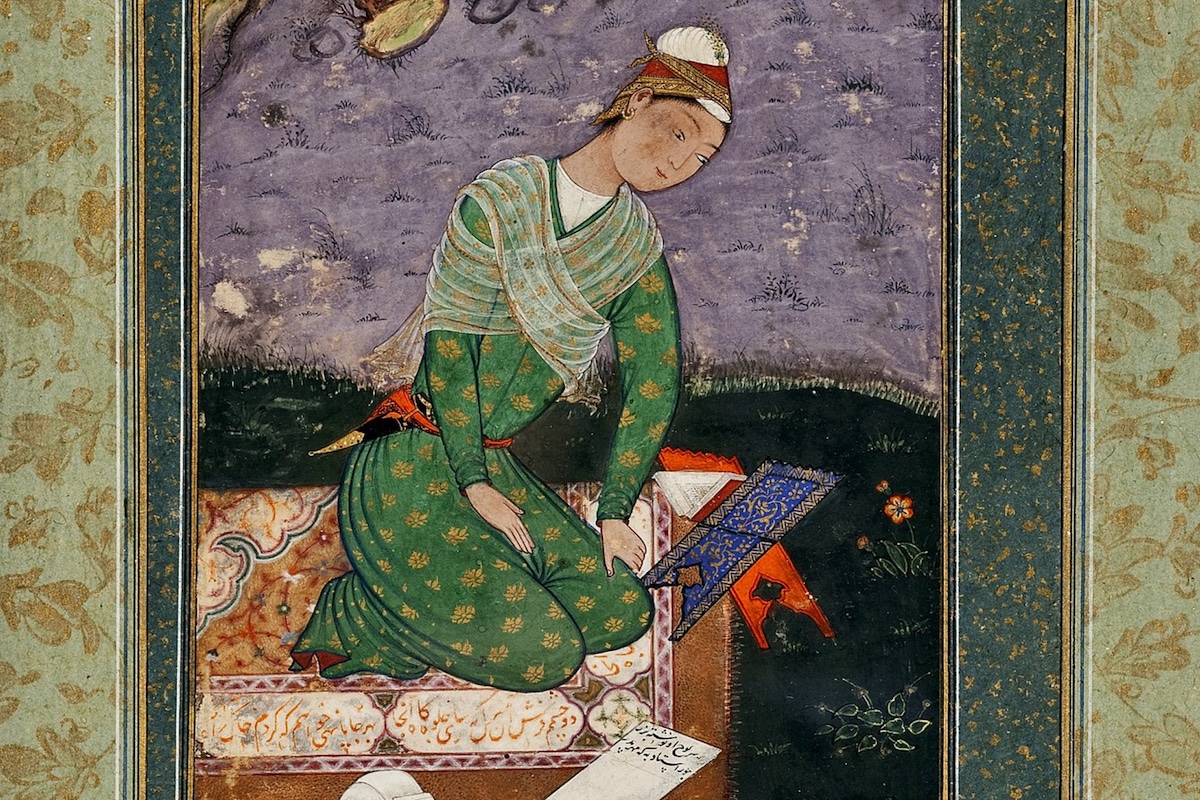
THE GREEN
MAIN SOURCES: Green Earth
Open discussion among ancient Indian thinkers between those who considered it a primary color and those who considered it only a derivative, even for the creation of green the ancient Indians kept for the entire duration of their history a single main pigment, that of green earth, without seeking great innovation without borrowing techniques very widespread in other parts of the world to obtain green pigments, such as the very ancient and well-known one of obtaining it from copper. Even the green made with malachite, very widespread in many peoples bordering India, never took hold and replaced the use of natural green earth which especially in those areas was of excellent quality.
The Metallic Pigments

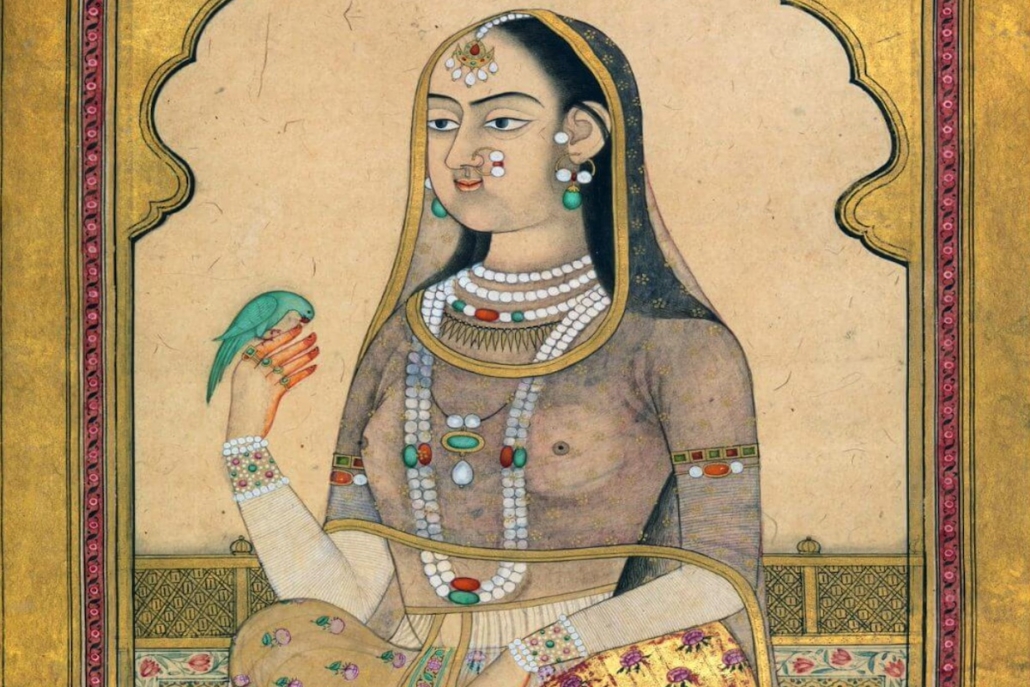
MAIN SOURCES: Gold, Silver, Copper
It is known that the ancient Indian people made extensive use of precious metals to create pigments that gave a metallic effect to paintings. The most well-known was gold dust, of which several testimonies have come down to us both on the use and on the method of preparation of this precious pigment. Small flakes of gold were mixed with water and sand to be ground with stone and then sifted in the style of river gold prospectors to separate the sand from the gold dust. Obviously this was an extremely expensive process and therefore it was never used in wall paintings but only in small prestigious works such as miniatures or easel paintings.
Artisans and Artists of Ancient India
The art of ancient India appears very different to our eyes especially in terms of color. Indian painting appears to us flatter and with imprecise shadows and this depends both on our way of conceiving art as Westerners and on the Indian tradition which has a totally different way of interpreting symbols and conventions. So the big difference that catches the eye is the different interpretation of lights precisely because rather than seeking depth with the shadows of ancient Indian painting, this effect is sought through contrast between the light parts and the dark parts. Despite the great cultural differences between the ancient Indian people and the ancient Western people, we have found the greatest similarities in the use of pigments to create their own colors. Just like the greatest empires of the past such as ancient Egypt and ancient Rome, the ancient Indian people also made extensive use of natural earths such as yellow ochre, red ochre and green earth, demonstrating once again how these natural pigments played a fundamental role in the history of human art in every corner of the world.
For those who would like to delve deeper into these topics, we recommend reading the beautiful book by Luciano Colombo “I Colori Degli Antichi”- Nardini Editore (1995)

